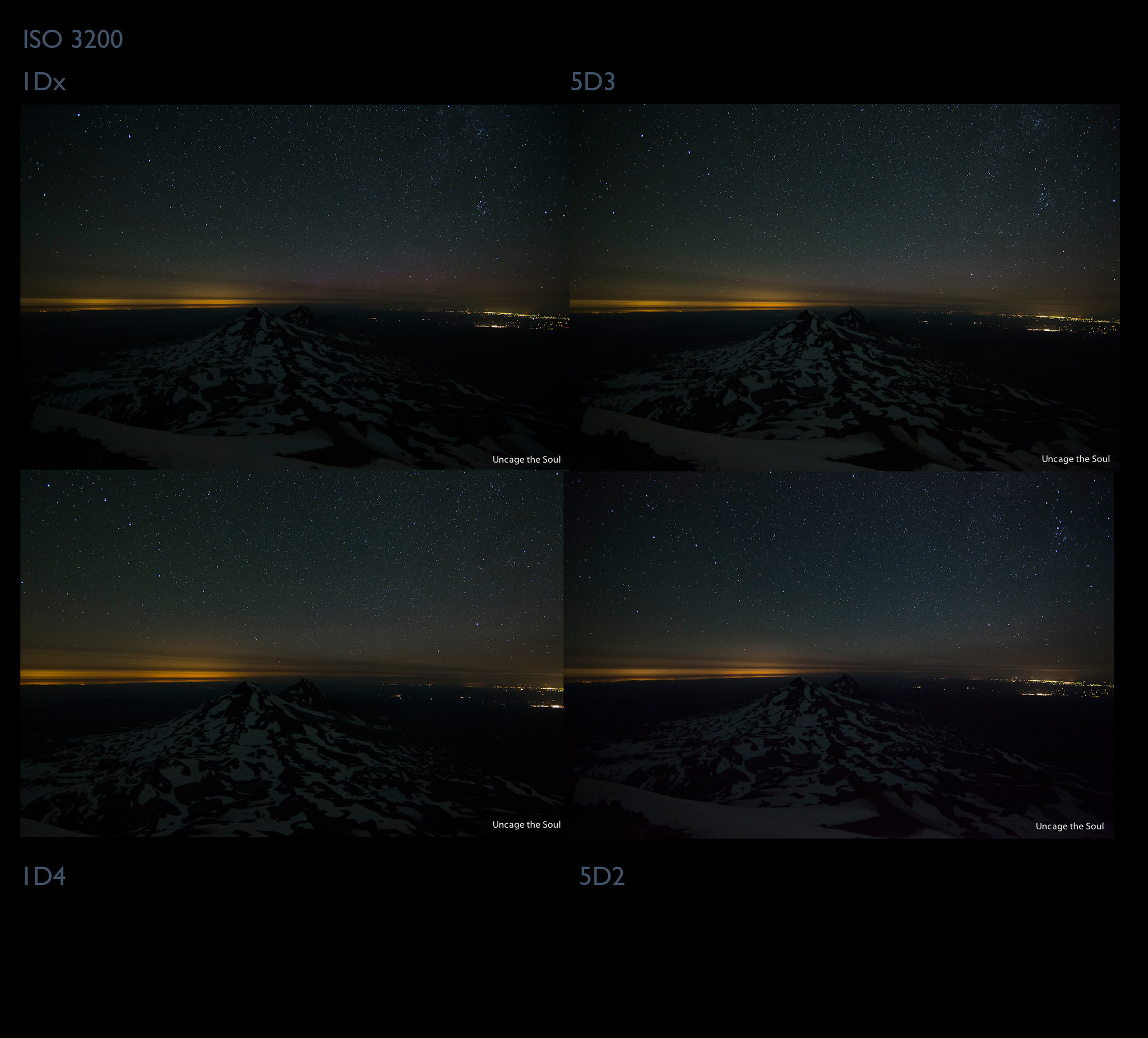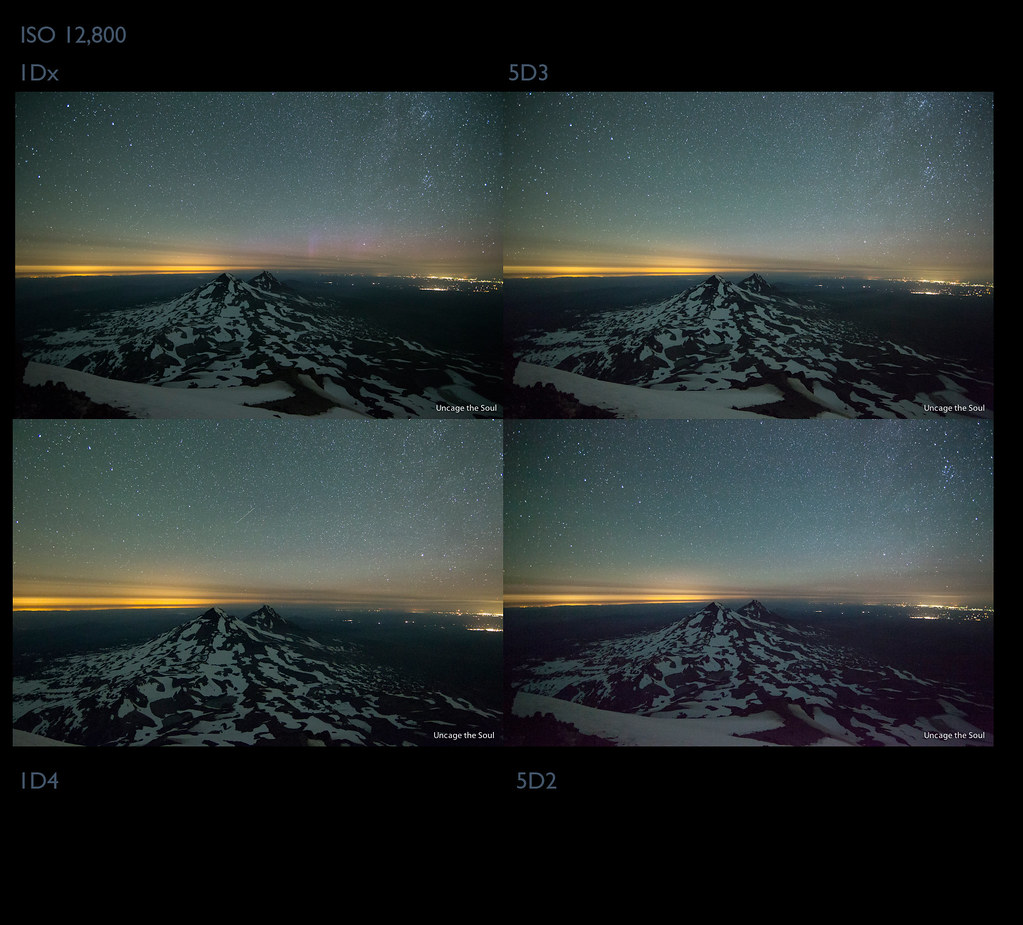Cerulean
[H]F Junkie
- Joined
- Jul 27, 2006
- Messages
- 9,476
http://www.uncagethesoul.com/night-photography/best-canon-night-camera/
 I know that to get some stars on my 85mm 1.2L @ f/1.2 I had to do like 8 seconds, whereas at f/2.8 I had to do like 3 seconds. How does time difference not make the one with longer exposure have star trails? Doesn't make sense X_x
I know that to get some stars on my 85mm 1.2L @ f/1.2 I had to do like 8 seconds, whereas at f/2.8 I had to do like 3 seconds. How does time difference not make the one with longer exposure have star trails? Doesn't make sense X_x
How come the photos on this webpage do not show any star trails at these settings?We set each camera to 25 second exposure, f/3.2, and then worked through the various ISO levels
![[H]ard|Forum](/styles/hardforum/xenforo/logo_dark.png)




